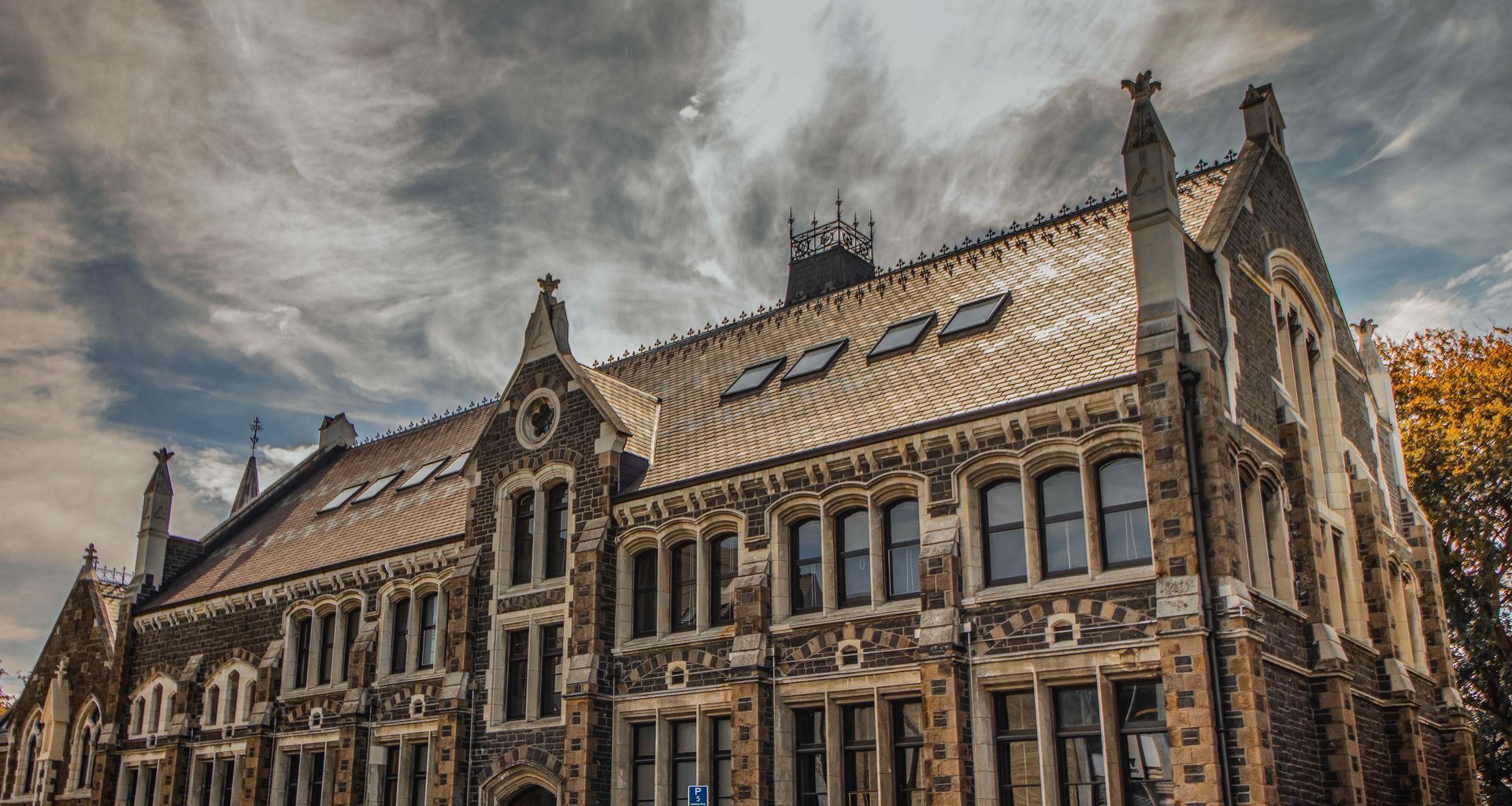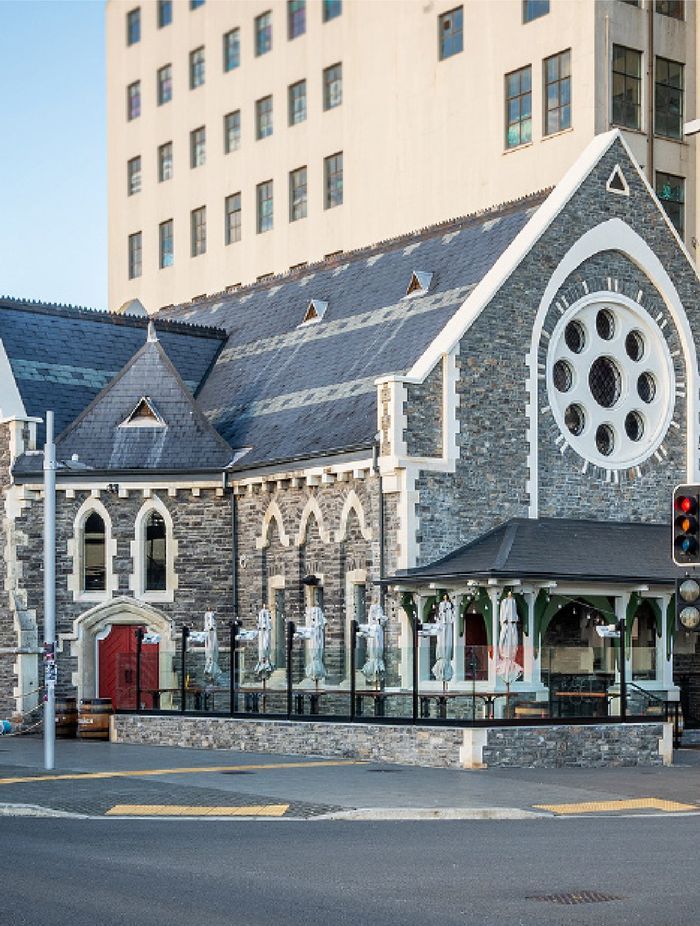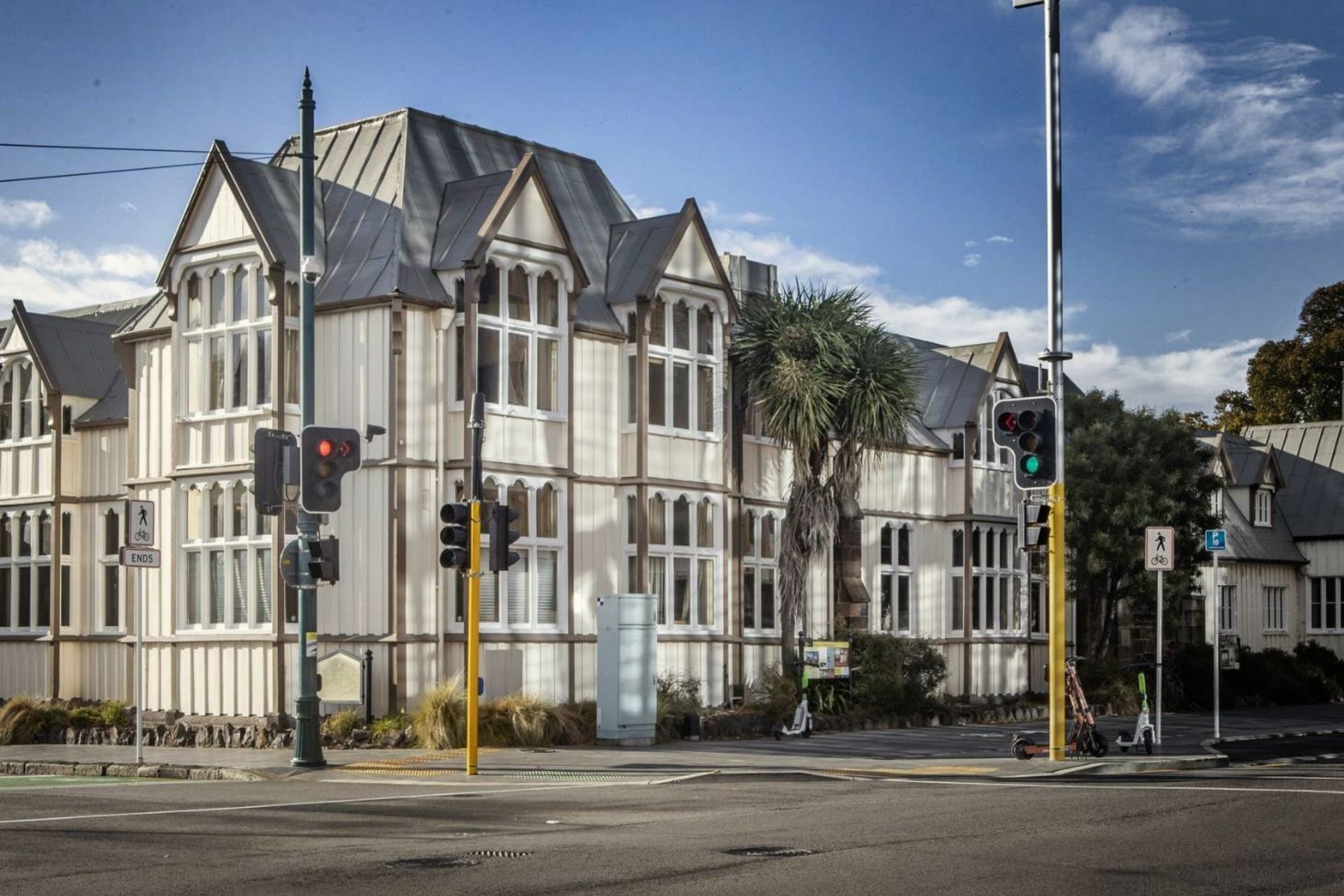Reviving Heritage: Revitalising Historic Treasures in Christchurch

Dustin and his team at Oamaru Stone recently had the privilege of collaborating closely with Scottish stone experts Kris and Stuart from Pinnacle Masonry in Christchurch. They embarked on restoration projects for both the Trinity Congregational Church (now home to The Church Brew Pub) and the historic Provincial Chambers on Durham St North, both of which suffered significant damage during the 2011 earthquake.


At first glance, the church may seem entirely crafted from traditional grey Canterbury stone, but it actually incorporates a substantial amount of limestone. The intricate corner details, both inside and outside, window frames, cornices, and door surrounds were all in dire need of refurbishment. It was an honour for us to be invited to play a pivotal role in this significant restoration effort.
Throughout the renovation process, every effort was made to preserve the original materials. However, there was a considerable amount of damaged masonry that required removal and meticulous replication to closely resemble the original design. Kris exclusively employed Oamaru Stone's limestone, as he firmly believes it to be a more durable product compared to its North Island counterpart.
To recreate the magnificent circular gables with precision, Kris relied on our dependable 5-axis CNC machine, named Zeda. These gables may appear as single limestone pieces, but they are actually composed of multiple thin "puzzle pieces" that seamlessly fit together, mimicking the appearance of the originals. Only a robot could cut these pieces to a depth of 40 mm without causing the stone to crack. The result is a breathtaking architectural piece that is not only cost-effective but, most importantly, significantly lighter than the original.
Kris and Stuart ingeniously utilised a blend of white concrete and limestone dust to conceal the seams between these components, achieving a spectacular effect. Although the new limestone pieces may initially contrast with their 150-year-old counterparts, they will age and mature over time, eventually blending in seamlessly. This outcome aligns with the ultimate goal of any heritage restoration: to make it seem as though the renovation had never occurred.
